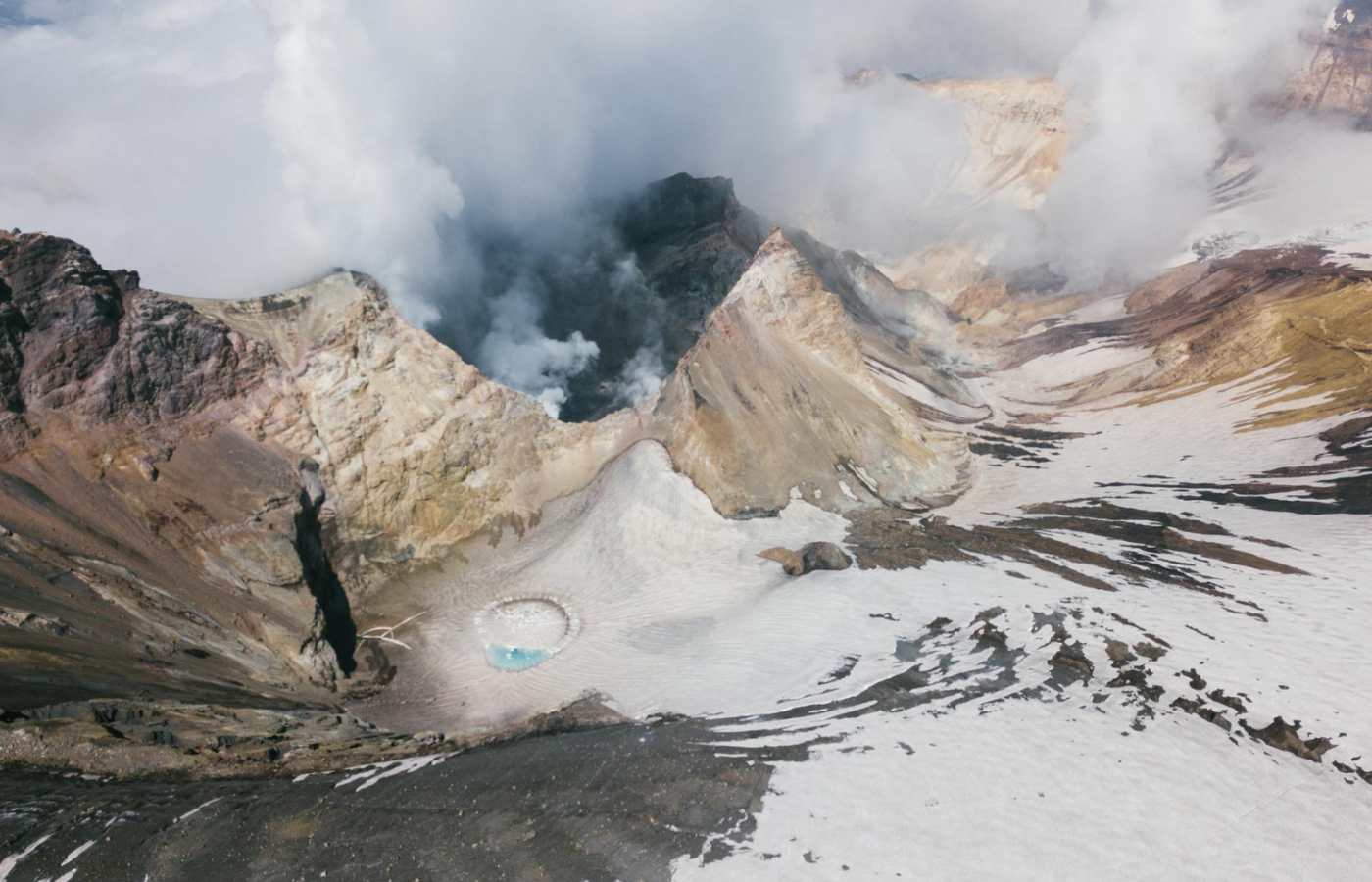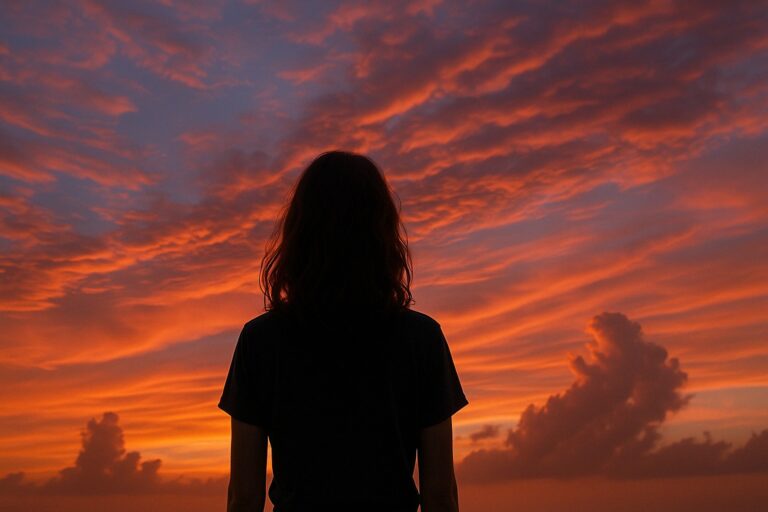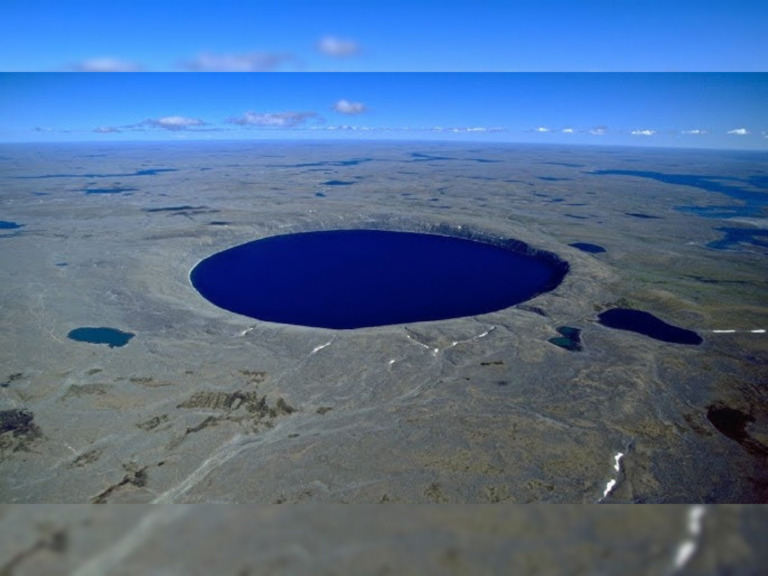Most volcanoes rumble quietly or erupt in bursts that fade from the headlines in days. But some volcanoes have the power to do much more alter landscapes, shift climates, and even impact life across the globe.
These aren’t just explosives. They’re Earth-shaping. Here are 10 volcanoes that scientists watch closely not because they erupt often, but because they could change everything.
1. Yellowstone Caldera, USA
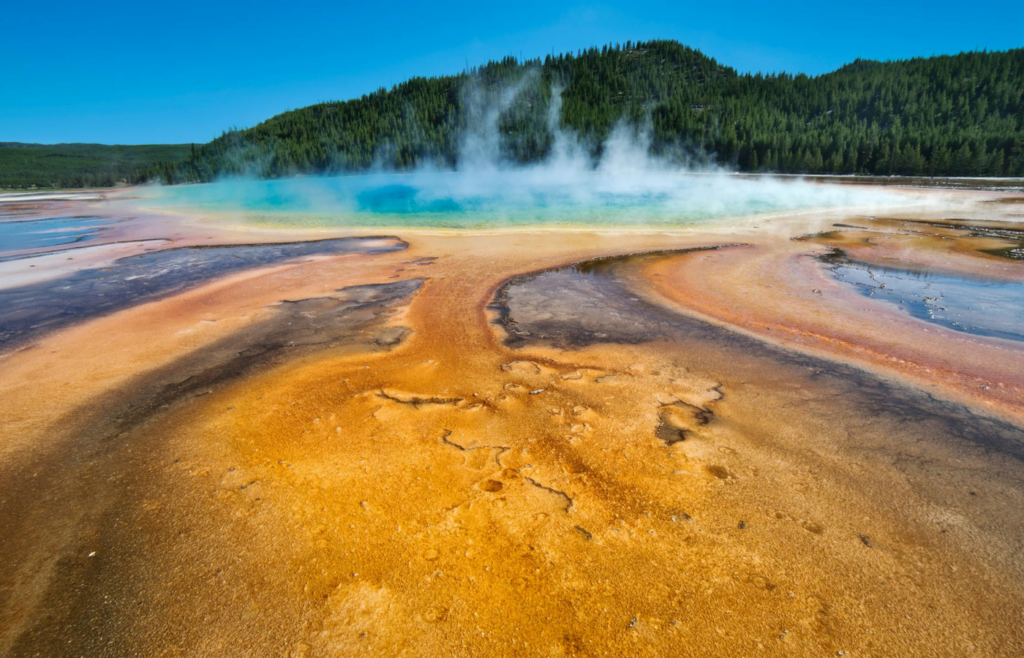
Yellowstone is not only a national treasure but also a supervolcano, with a massive magma chamber stretching over 30 miles wide beneath its geysers. If it were to erupt at full force, it could blanket North America in ash, lower global temperatures, and disrupt agriculture for years. Fortunately, such eruptions are incredibly rare, occurring once every hundreds of thousands of years.
2. Mount Tambora, Indonesia
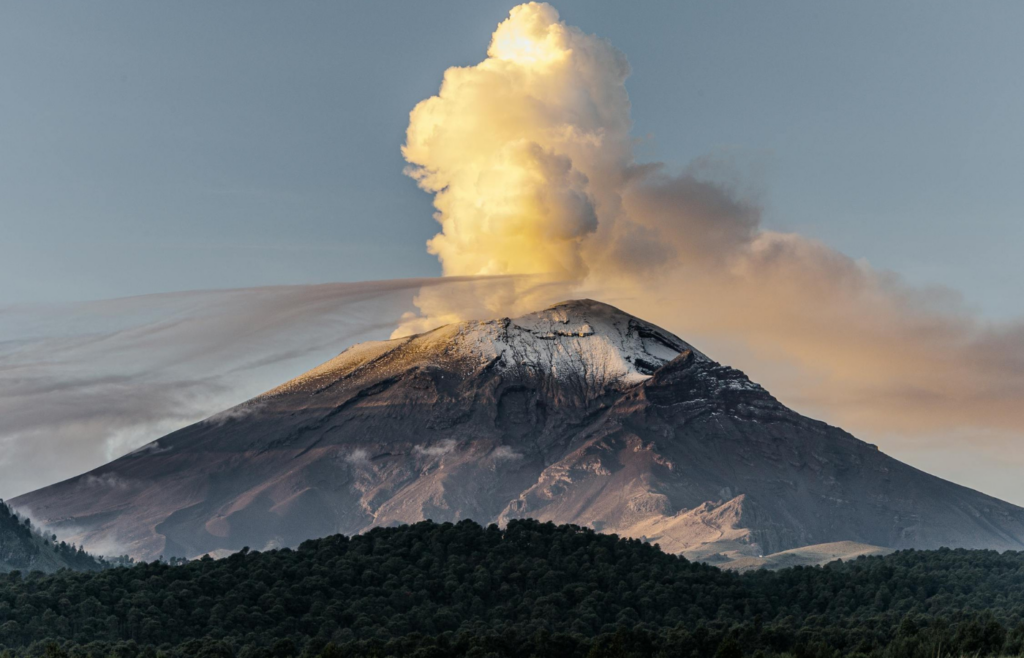
The ejection of Mount Tambora in 1815 activated the “Year Without a Summer,” causing trim disappointments and diving temperatures around the world. Whereas it’s calm nowadays, another emission of that scale seems to lead to worldwide results, from starvation to financial stun. Remain mindful of its potential effect.
3. Campi Flegrei, Italy

Just west of Naples lies Campi Flegrei, a volcanic field known for violent eruptions. Unlike a classic mountain, it’s a restless area with boiling fields and rising pressure. Scientists are concerned that increasing underground activity could lead to an eruption powerful enough to impact much of Europe and beyond.
4. Taal Volcano, Philippines
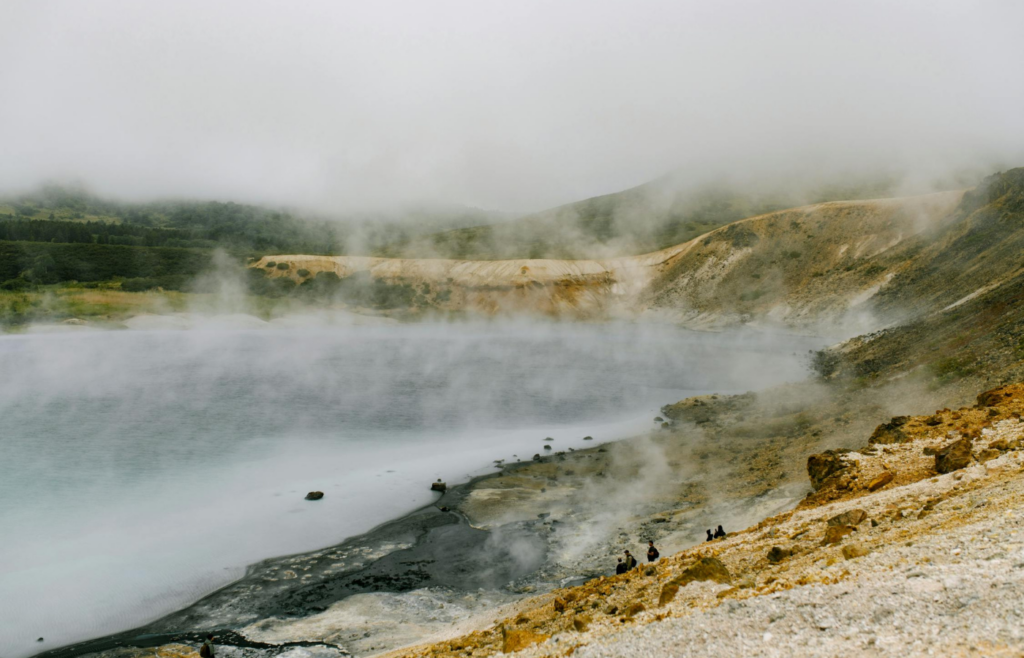
Taal, though seemingly peaceful, is one of the most dangerous volcanoes on Earth, sitting inside a lake on an island within another lake. Its eruptions are often sudden and violent, with the potential to unleash volcanic tsunamis, deadly ash, and toxic gases on nearby, densely populated areas.
5. Mount Rainier, USA
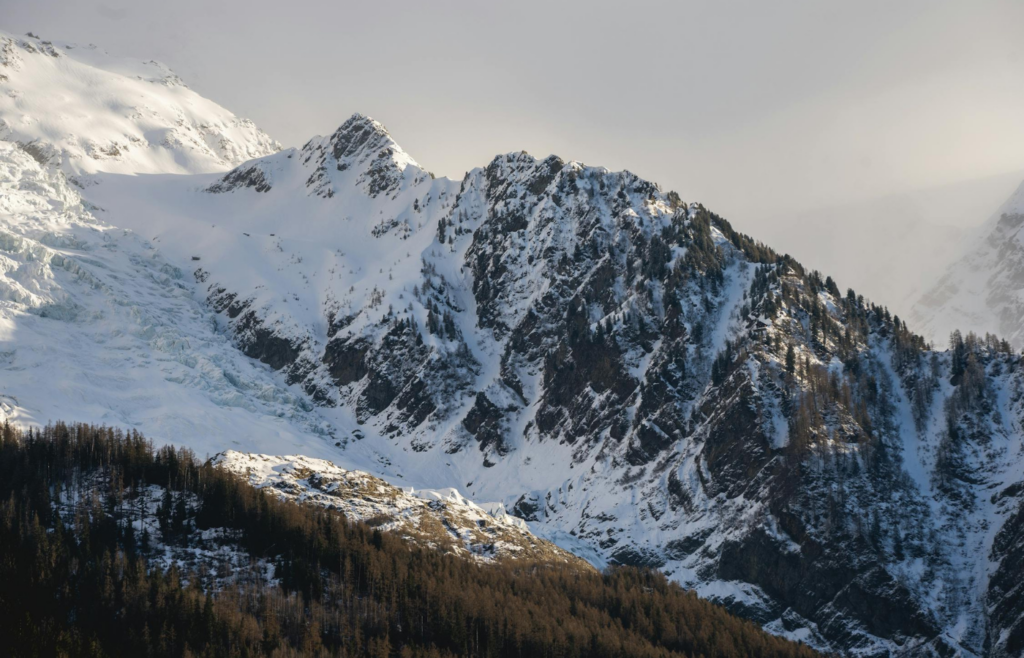
Mount Rainier is breathtaking, but moreover dangerous, not fair because of potential ejections, but due to the enormous icy masses on its inclines. If it ejects, it may trigger annihilating mudflows (lahars) that would clear through valleys and cities in Washington state, putting thousands at chance.
6. Mount Nyiragongo, Democratic Republic of the Congo
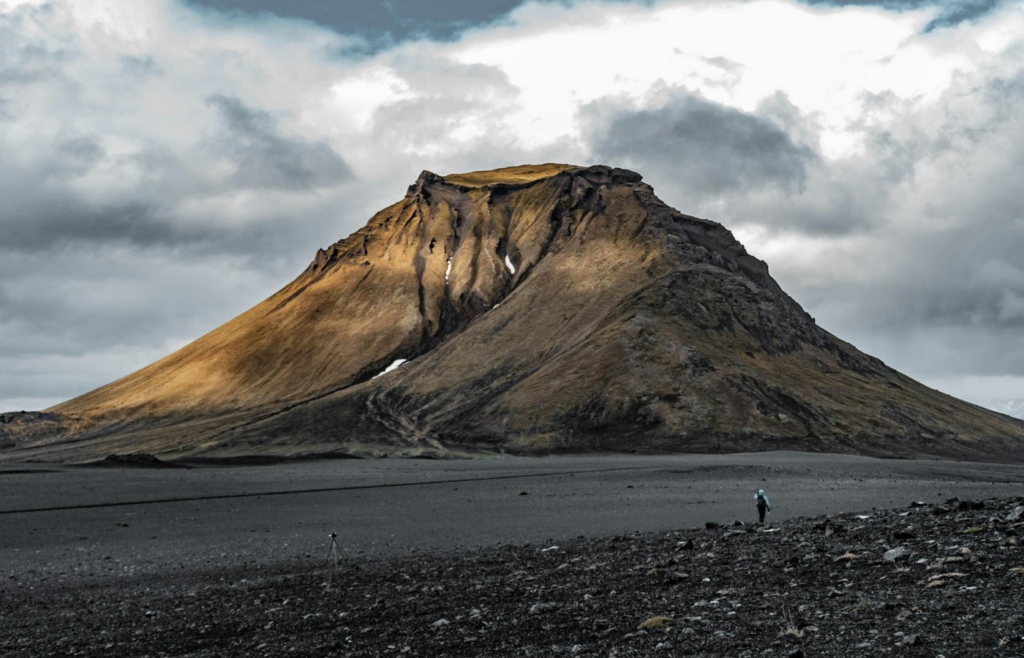
Nyiragongo is home to one of the world’s largest and most active lava lakes, and when it erupts, lava can race downhill at highway speeds. Its proximity to the city of Goma makes it particularly dangerous, with a full eruption potentially displacing hundreds of thousands within hours.
7. Mount Fuji, Japan

Mount Fuji hasn’t erupted since 1707, but experts believe pressure is building beneath its surface. A major eruption could disrupt air travel, damage Tokyo, and send ash over the densely populated Kanto region. It’s a sleeping giant with millions living nearby.
8. Cumbre Vieja, Canary Islands

In 2021, Cumbre Vieja erupted dramatically, but some scientists worry about an even bigger threat a massive landslide from the volcano’s flank that could trigger a transatlantic tsunami. This wave could strike North and South American coastlines with major force, reshaping coastlines and threatening millions. Though controversial, it’s a phenomenon worth monitoring.
Read More: Top 10 Ways Volcanoes Affect Global Weather
9. Mount Erebus, Antarctica
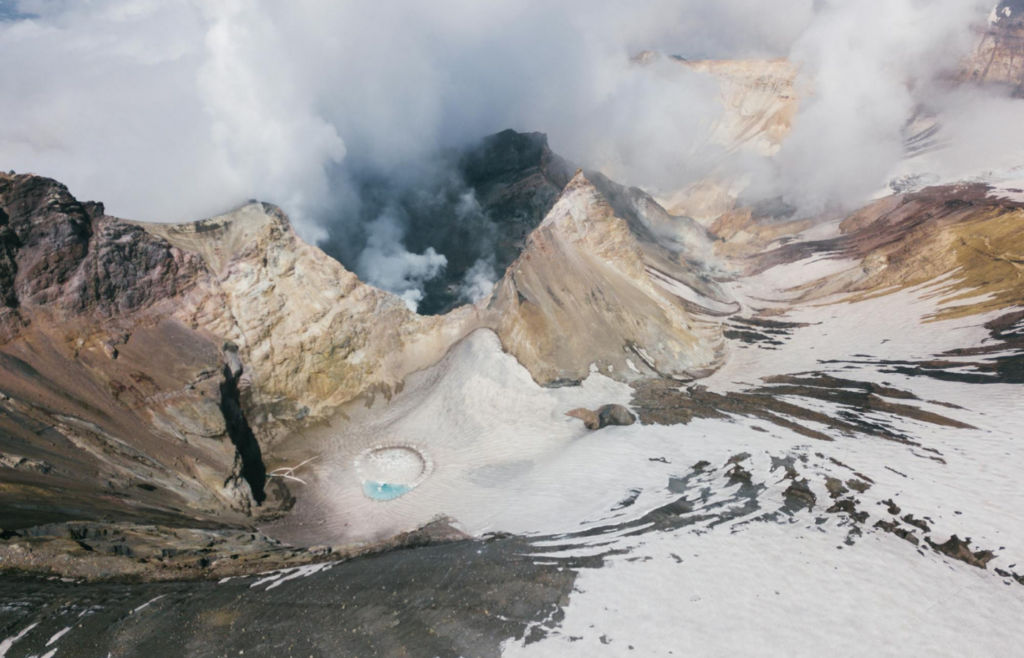
Antarctica is home to active volcanoes, with Mount Erebus being one of the few to maintain a persistent lava lake, even in the coldest place on Earth. If these volcanoes erupt explosively, they could accelerate ice melt and sea level rise, potentially altering the global climate balance.
Read More: Top 15 Wild Effects Volcanic Eruptions Have on the Planet
10. Taupo Volcano, New Zealand
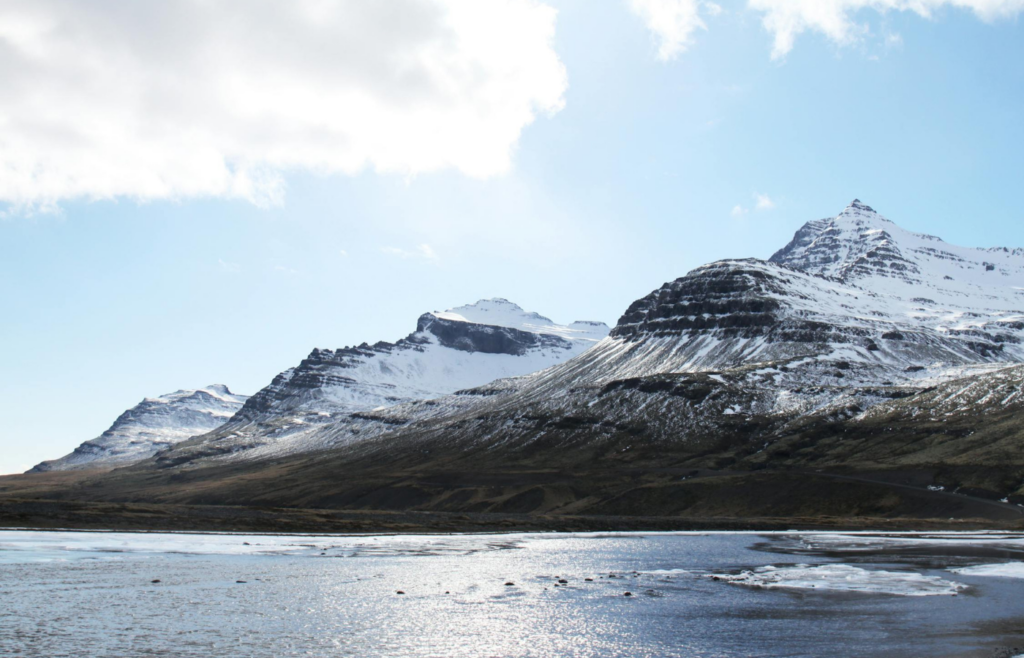
Lake Taupo is a massive volcanic crater from one of the most powerful eruptions in history, with its last major blast 1,800 years ago darkening skies as far as China. Though it seems calm now, another supereruption could reshape New Zealand’s geography, cause mass evacuations, and trigger global climate effects.
These volcanoes may not erupt tomorrow. But they remind us that Earth is alive breathing, shifting, and sometimes exploding in ways that ripple across the planet.
Read More: 10 Coldest Places on Earth That Are Actually Inhabited

